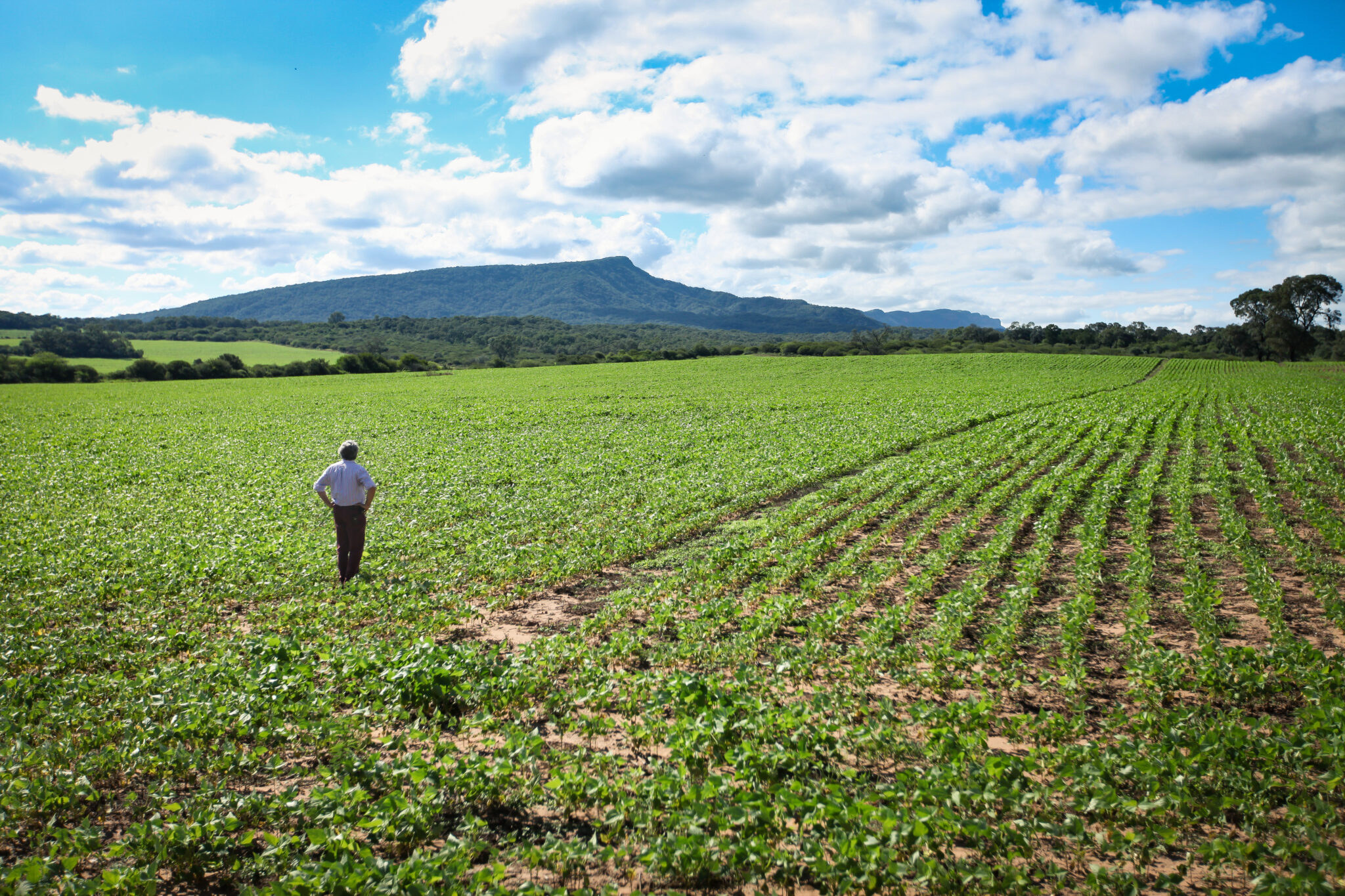How Regenerative Farming Differs From Organic Farming: Key Comparisons

There are a number of similarities between regenerative and organic farming. Both styles aim to restore soil health, increase biodiversity and promote sustainable practices. However, while there are some commonalities, there are also a few differences. While organic farming focuses on avoiding the use of synthetic chemicals, regenerative farming goes that step further and emphasises soil regeneration through techniques like cover cropping, crop rotation, and reduced tillage.
These regenerative methods produce nutrient dense crops and high-quality meat, like lamb, venison and grass fed beef mince.
Additionally, organic farming prioritises using only natural inputs and certified standards, whereas regenerative farmers put effort into producing outcomes like ecosystem restoration. Both farming techniques promote healthier food systems, reduce the reliance on fossil fuels, and support long-term agricultural resilience.
While organic and regenerative farming both focus on reducing environmental impact, improving water retention, and sequestering carbon, they have their own unique ways of improving the planet. Let’s explore the differences between regenerative and organic farming.
Regenerative Farming vs Organic Farming
Both farming styles promote balance and wellbeing to the eco-system, but what are the key differences between the two:
- Mission
Regenerative Farming: Regenerative farmers primary focus is to improve and restore the health of soil, enhance biodiversity, and boost ecosystems, alongside producing nutritionally dense crops and livestock.
Organic Farming: The priority of organic farmers is to avoid the use of synthetic chemicals (pesticides, fertilisers) and strive towards ensuring food production aligns with organic certification standards.
- Certifications
Regenerative Farming: Because the mission of a regenerative farmer is to prioritise issues like carbon sequestration and soil regeneration, there is no need for certification as yet.
Organic Farming: The input standards of organic farmers is the focal point and so they are governed by strict certifications (e.g., USDA Organic, EU Organic),
- Inputs
Regenerative Farming: Our farmers will mainly opt for natural inputs, keeping chemical use to a minimum but, if necessary, they will allow synthetic inputs as long as the focus remains on improving the ecosystem.
Organic Farming: The use of synthetic chemicals and genetically modified organisms (GMOs) is strictly prohibited.
- Techniques
Regenerative Farming: Regenerative farmers practice methods such as no-tilling, agroforestry, rotational grazing, cover cropping, and composting to enhance the soil and ecosystem health.
Organic Farming: Organic farmers use techniques such as natural pest control, crop rotation, and organic composting. They focus less on the regeneration of the soil.
- Environmental Impact
Regenerative Farming: The focus for regenerative farmers is to work towards reversing climate change. Regenerative methods improve soil carbon sequestration and ecosystem restoration.
Organic Farming: The methods used by organic farmers help to reduce the harm inflicted on the environment but they don’t necessarily regenerate degraded ecosystems.
- Outcome vs. Process
Regenerative Farming: Success is measured by soil health, biodiversity, and ecosystem restoration outcomes.
Organic Farming: A successful outcome is one that has adhered to specific farming practices and standards.
Both approaches to farming are successful and sustainable, but regenerative farming is broader and aims to restore the land while organic farming prioritises natural inputs and food production.
Farming in an Environmentally Friendly Way
While organic farming offers solutions to climate change, soil degradation, and biodiversity loss, at eatTelfit we believe that regenerative farming is the way forward. Our holistic approach to farming not only benefits the environment, but it restores our eco-system, enabling development and sustainability.
Our Yorkshire Dales, 650-acre farm is testament to the regenerative techniques that has kept it thriving. We have prosperous rivers and soil, and rotated livestock that are protected and healthy. Our farmers are taking action today to alleviate climate change and provide a sustainable and resilient food system.




